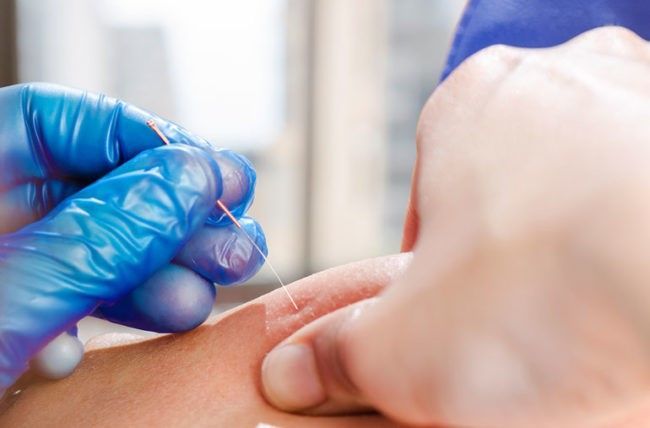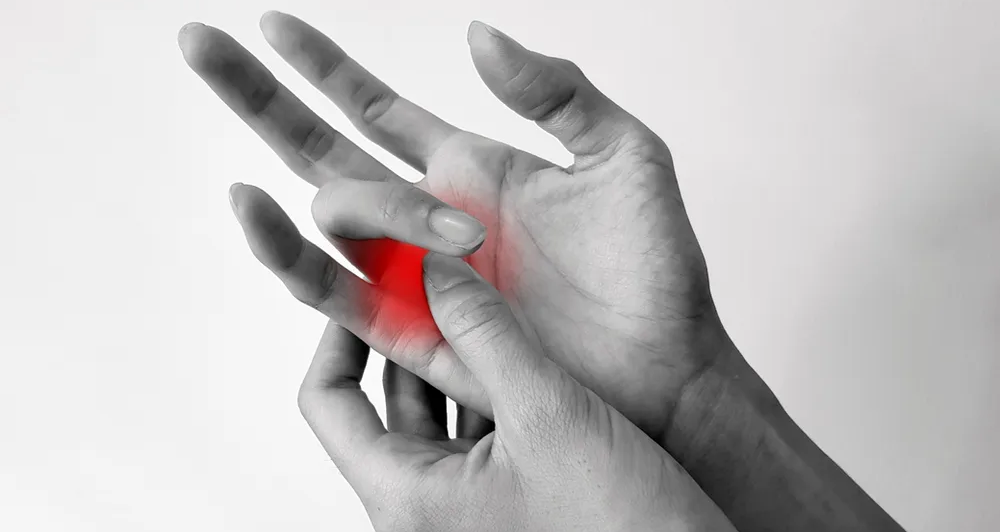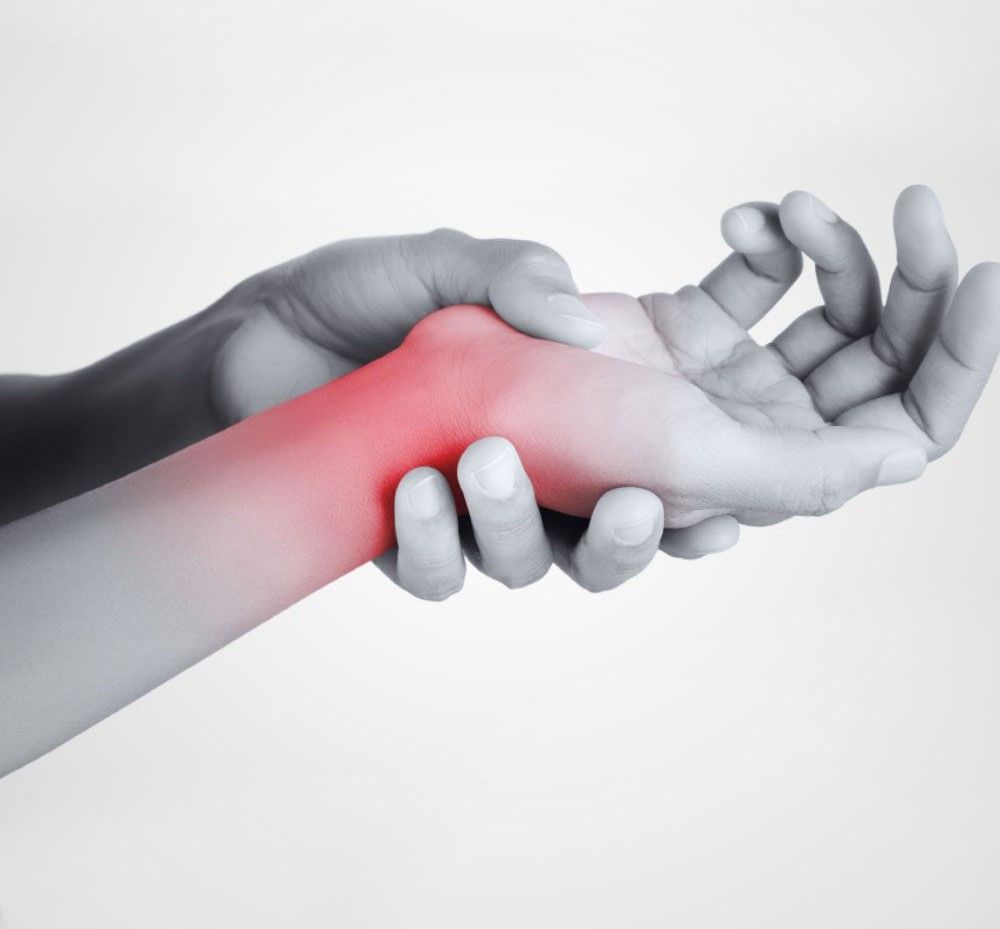Suffering from Shin Splints?.
Suffering from Shin Splints?
Training for Upcoming Marathon/ Half- Marathon and suffering from Shin Splints ?.
Ironically, all your hard work and training is the cause of your shin splints. When you’re training for a marathon or a similar event, you intensify your training plan week-by-week and this can overwork the muscles, tendons and bone tissue. The repeated stress to the shinbone and the muscles attached to your bone can often cause shin splints.
For those who might not be aware, shin splints are medically referred to as Medial Tibial Stress Syndrome (MTSS), which causes pain to either the inside or the outside of the large bone in the lower leg. If you have shin splints, you might also suffer from other symptoms such as mild swelling and tenderness along the affected area. Often, the pain can decrease once we are warmed up but tends to worsen again as we cool down. The biggest aggravating factor with shin splints is the repetition of running. Step after step the impact and stress from the muscle pulling on the bony attachments causes an inflammatory cycle to occur.
Shin splints are a common complaint in the clinic, with a lot of runners, walkers and footballers coming through the door for treatment and advice. Some people are more at risk of shin splits than others. They include those who play sport on hard surfaces, runners who have just started a new training plan or ramped up an existing training plan quickly, and those who have flat feet or high arches.
Prevention and Treatment
The treatment of shin splints is multi faceted. You should try and avoid activities that cause pain and discomfort and opt for low-impact activities such as swimming and cycling. If you continue with aggravating activity you will not allow the area to recover. You don’t have to stop training but you need to stop activities that re produce pain. You can also try other simple things such as gently stretching your Achilles and calves.
One of the biggest things to look at in treating and preventing shin splints is getting a running analysis done. Often the first thing people look at when injured is their running shoe but the most important factor in running injuries is optimising the way you run. Finding the cadence, posture, foot contact time and foot placement that is right for you. This is not a one size fits all either and what is right for you and your goals may differ from another runner and his or her goals. If you are training for a marathon, you should also try and cross train with an activity that has less impact on your shins – such as swimming, walking and cycling. Offload the shins while still getting the positive physiological benefits of training. You should also avoid hills and try and train in areas that are flat, as this has less impact on your shins. Strength and conditioning is becoming part of a lot of athletes’ lives and to prevent shin splints you should try and strengthen your trunk, hip, thigh and calf muscles. Strength and single leg stability around the hip is essential and there is a lot of research to back this up out there. Strength training should be incorporated into every runners training plan twice per week. Believe it or not this is just as if not more improtant than the runs you do.
Finally, my advice is to remember to start activities slowly, increase the intensity slowly and remember to rest if you need to.
If you want to know more about our Runner MOT Packages, a tailored strength program to suit you or discuss what you can do to minimise your risk of run related injuries give us a call and we can get you on the right track. on 074 911 1010 / 028 7126 9262.
Move better, feel better!
ModernDigital - Donegal Web Design




